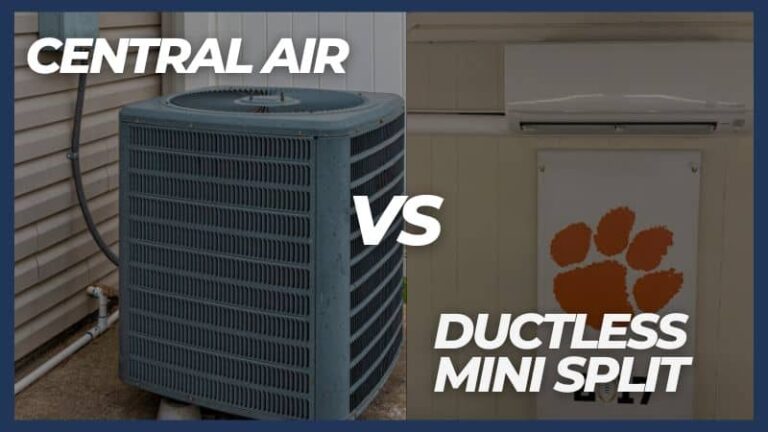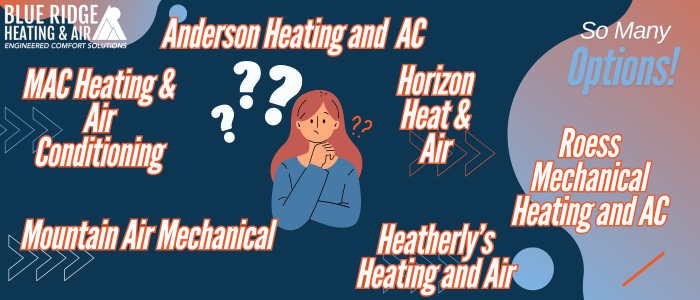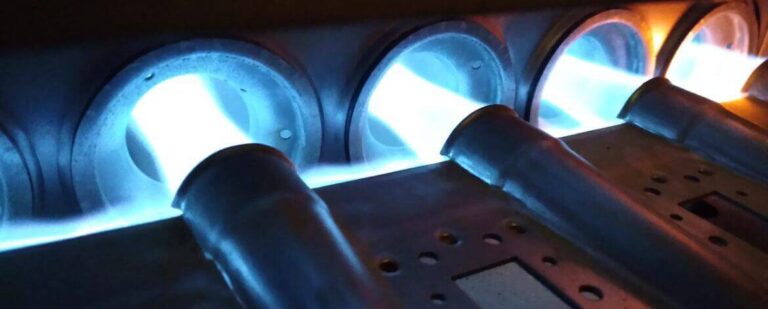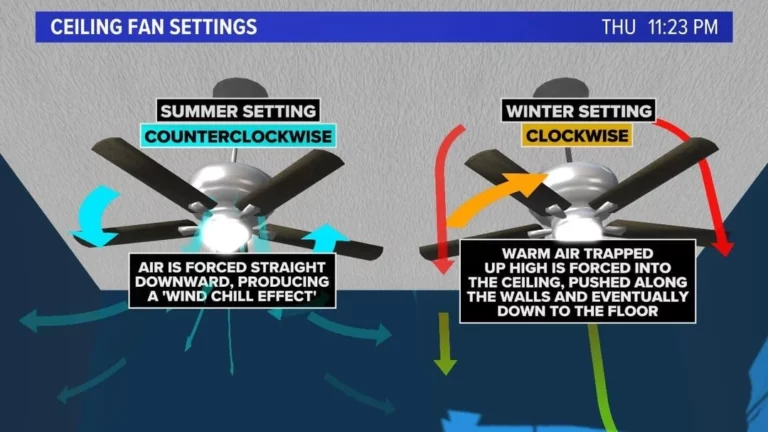High humidity levels in your home will generally lead you to set your thermostat at a lower temperature.
The hot, humid air of July is what we think of when someone mentions the “dog days of summer”. We are used to the meteorologists talking about not only the forecasted temperature, but also the “heat index”. Simply put, when the humidity is high, there is so much moisture in the air that your sweat is not able to evaporate; therefore, your body’s primary cooling mechanism has a limited efficiency. The National Weather Service describes it in further detail at https://www.weather.gov/ama/heatindex.
Inside your home, the level of humidity can have a similar effect. The temperature may “feel” warmer than it really is when the relative humidity is above 60%. We frequently hear about how much energy costs can be saved by turning down the thermostat by a degree or two. However, rarely do we hear that if we lower the humidity levels in our home, we can then raise the thermostat a little without “feeling” warmer.
The key message for homeowners regarding comfort and their HVAC system is that “it’s not just about the temperature, but the humidity level is very important also.”
You don’t like high humidity, but I wonder who does?

If you believe the mattress companies, your mattress significantly increases in weight over time due to dead skin cells, the dust mites that eat the dead skin cells, carcasses of dead dust mites, and the waste that the dust mites produce…all become a part of your mattress. Slate.com has an interesting article on this topic called How Gross Is Your Mattress?.
What can you do about dust mites? Well, you can give up on controlling them and try to increase your health tolerance living with them; or you can eradicate them. The first step in doing so is to reduce the humidity level in the home. The National Library of Medicine published a journal article several years ago entitled Reducing relative humidity is a practical way to control dust mites and their allergens in homes in temperate climates. Beyond this, you can remove carpet in your home and replace it with hardwood, tile, etc., wash sheets and blankets weekly in 130-degree F water. The list goes on. Keeping humidity below 50% prevents them from staying alive in your home.
How can you reduce the humidity level in your home?
The quality of your indoor air begins with your crawl space or unfinished basement if you have one.
Keeping humidity low in your crawl space is a good move for the crawl space itself. It helps control termite activity, mold growth, etc. However, the quality of the air in your crawl space impacts your indoor air quality. Humidity naturally rises, and will find it’s way into your home from the crawl space. The ultimate measure for controlling crawl space humidity is total encapsulation with a dehumidifier.

Consider installing a whole-house dehumidifier.
A whole house dehumidifier can be integrated into your ducted heating and cooling system. This allows the dehumidifier or humidistat to activate the blower motor of your HVAC system to circulate air through your whole home, pulling out the moisture as it passes through the dehumidifier. As the air becomes drier, you become more comfortable at higher temperatures. For instance, if you traditionally set your thermostat at 71 F, you may be able to set it at 75 F and “feel” about the same level of comfort. This would provide considerable energy savings.
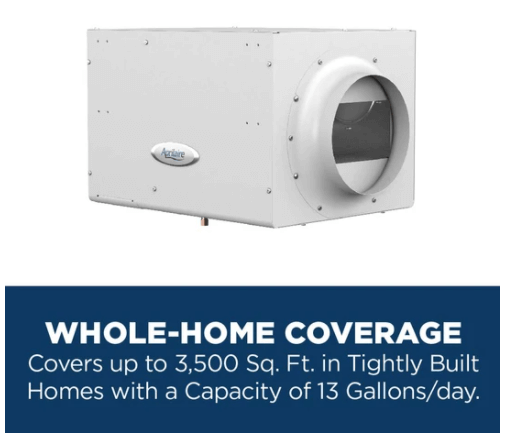

What does the “size” of my HVAC system have to do with it?
Your current heating and cooling system may be “oversized”. This means that it can provide much more cooling or heating than your home requires. For example, you may have a 3-ton (36,000 BTU) heat pump when your house needs a 2-ton (24,000 BTU) heat pump. This is fairly common in the area when installers use a square footage rule-of-thumb to size your system rather than a thorough load calculation. The premise is it is better to be too large
than too small. The negative consequence of this is that an oversized system will cycle, meaning it turns on for a very short duration and then turns off. Ideally, a more appropriately sized system will run for a longer duration, but at a lower energy consumption. If your system is cycling, it is not doing enough dehumidification. If your system is oversized, a whole-house dehumidifier can definitely help.
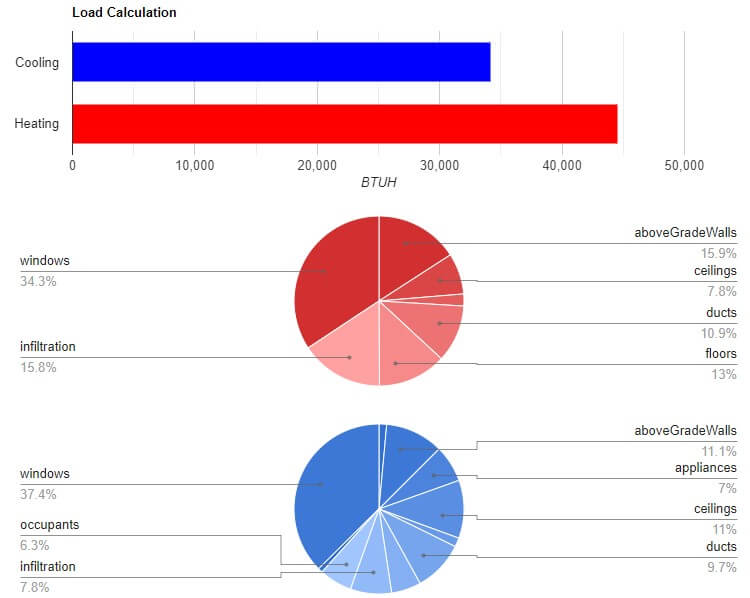
Who can help?
I’m glad you asked! Blue Ridge Heating and Air can help with all the issues discussed in this article. We encapsulate crawl spaces and basements, we install whole-house dehumidifiers ducted into your existing HVAC system, and we perform load calculations when replacing existing systems.
Ben Lagrange

